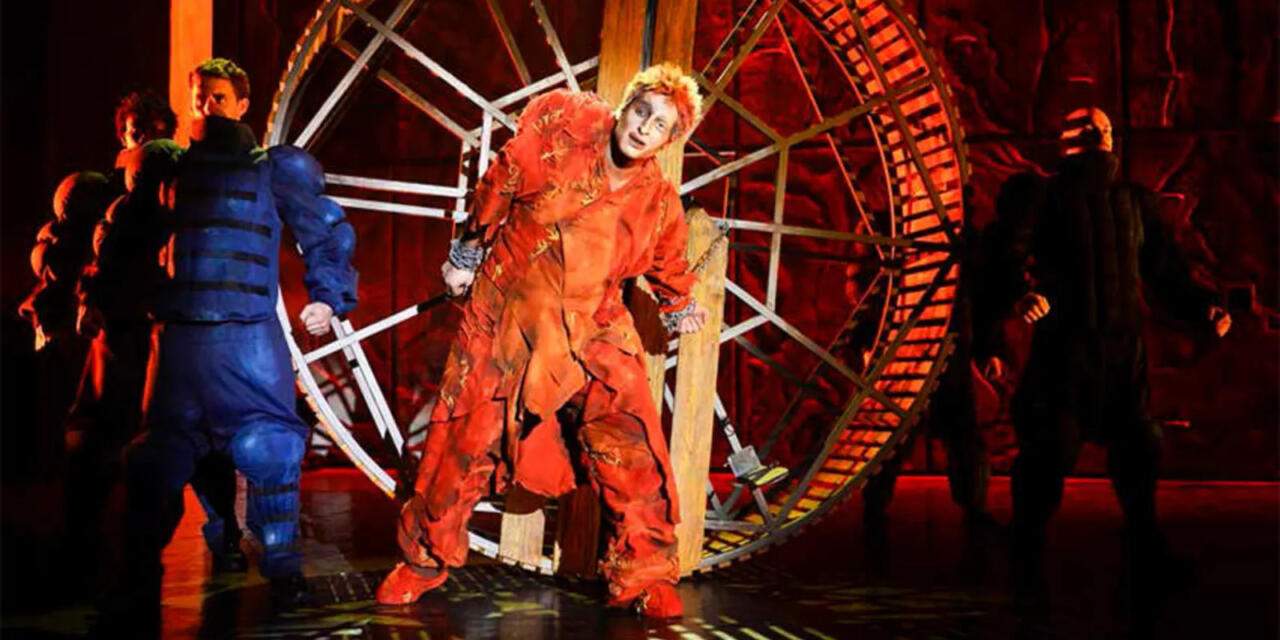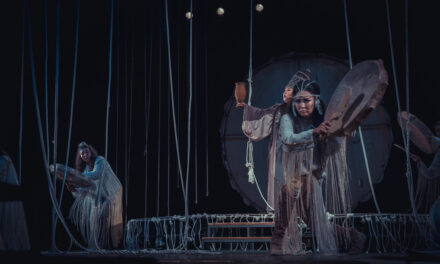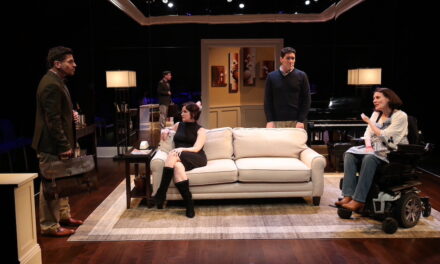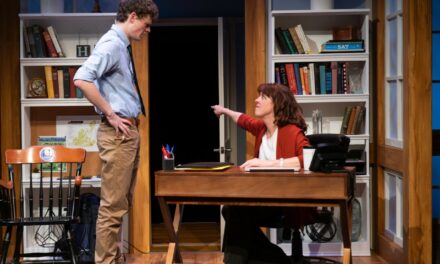At the turn of the century, in 1998, Luc Plamondon created one of the greatest musicals Notre Dame de Paris, the music written by Richard Cocciante. The musical, based on the eponymous novel by Victor Hugo, was no less spectacular than the famous musical Les Miserables (by Alain Boublil and Claude-Michel Schonberg, which premiered in Paris in 1980, and on Broadway – in 1987).
The famous avant-garde French director Gilles Maheu was invited to stage the show, and he took the direction of preserving the “concert traditions”: the main heroes, performed by vocalists, always were in the center of the stage, while behind them professional dancers danced, creating the effect of “extras”, and the chorus, as well as the orchestration, were written in advance and pre-recorded.
The art designer from the Opera world, Christian Rätz, created futuristic sets in minimalist style, which were complete with video installations and lighting.
Martino Müller was responsible for the contemporary choreography of the show. During the first year of its existence, the musical demonstrated its phenomenal success at home, which is even reflected in the Guinness Book of Records: during the first six months, the production was seen by half a million of spectators, with all performances being sold out. The single Belle stayed at the top of the French charts for 33 weeks straight and was recognized to be the best song of the century. Another beautiful aria from the musical Le Temps des Cathedrales (The Age of The Cathedrals), performed by the poet Gringoire, was close on the heels of Belle in its popularity. It can rightfully be considered one of the most musically complex numbers as well as the most memorable and beautiful arias out there.
In 1999, Notre Dame de Paris was staged in Canada and the United States. A year later, the English-language version (translated and adapted by Will Jennings) appeared in Las Vegas and London. The cast of the West-End version included the stars of the original French production (Daniel Lavoie, Bruno Pelletier, Luke Merville and Pierre Garou), and the musical lasted on the British stage for less than two years.
Over the past twenty years the musical’s libretto has been translated into various languages and the show was performed in such countries as Spain, Italy, Belgium, Luxemburg, Russia, Turkey, China, South Korea, Singapore, Taiwan, Japan. The musical went on multiple anniversary tours since the appearance of the original production and had its separate regional productions as well. The total number of spectators that have seen the show is over ten million people approximately.
It is not surprising that the show, so loved by the French, European and Asian public, did not find great interest with the American and British audiences: the format did not meet the expectations and the level they were accustomed to: the choreography seemed too peculiar, the dance and acrobatic performances took most of the space when it came to staging and became illustrations to the arias performed. At that, the performers themselves didn’t move much.
However, in the history of the French musical theater, this show is given the role of the pointsman, which pointed the train under the name of “French Musical” in the revolutionary direction with such stops along the way as: extraordinary, epatage, and eclecticism.
Twenty-two years later the musical Notre Dame de Paris returns to the US and now it’s being performed on Broadway, at the Lincoln Center. It is incredible that the viewers were able to see the member of the original French cast, who played Frollo – the incomparable Daniel Lavoie.
Despite the venerable age, the arias sung by this amazing artist and composer still sound just as heartfelt as they did years ago. It seemed to me that Daniel Lavoie’s performance this time was even more legendary than when I saw him for the very first time at London’s Dominion Theatre in 2001. As for the rest of the cast – they all worked exceedingly well together. I believe I’ve encountered the best Esmeralda throughout the whole history of the show’s existence: Hiba Tawaji – not only has she demonstrated superb vocal technique, but also her wonderful and strong acting skills. Perhaps only in this performer, we could read the combination of the juvenile rebelliousness, emotional fragility, and the strength of character, all of which coexisted harmoniously in her portrayal of Esmeralda. One should also note the actor who played the part of Quasimodo – Angelo Del Vecchio. His image of the hunchback and his vocal performance of the famous arias moved the spectators, who were very generous to support Angelo with their applause. I missed one piece of the Notre Dame de Paris Musical puzzle terribly – and that was the “Golden Voice of Canada” – the best Gringoire there ever was – Bruno Pelletier. We are personally acquainted and to me – he is absolutely irreplaceable in that role due to his striking vocal timbre, superb vocal technique and the inimitable deep understanding of the character of the “poet and prince of the streets of Paris”.
The production has undergone a whole series of changes, which primarily had to do with the revised choreography (by Martino Müller), staging and costume design (by Caroline Van Assche). In my opinion, those changes didn’t do the musical much good, but I’m sure some people would disagree and support the new vision of a more contemporary choreographer.
It is interesting that the audience consisted of many Russian-speakers and French-speakers. People who came to witness the show saw it in other countries and came back to see it again, show it to their kids – as the beloved and beautiful story told through unforgettable music. The Americans, who experienced the show for the first time, noted that “it’s not quite the Broadway level”. Unfortunately, one cannot disagree with that statement: the American productions with the Broadway quality trademark usually don’t allow the asynchrony in dance, bad sound quality, and other technical slips.
I would like to wish this production a long life and a successful run in countries all around the world. After all, the love triangle, betrayal, loyalty and self-sacrifice for the sake of the person you love – are eternal topics. And the music and dance, through which the story is being told – can never go out of style.
This post was written by the author in their personal capacity.The opinions expressed in this article are the author’s own and do not reflect the view of The Theatre Times, their staff or collaborators.
This post was written by Lisa Monde.
The views expressed here belong to the author and do not necessarily reflect our views and opinions.


















